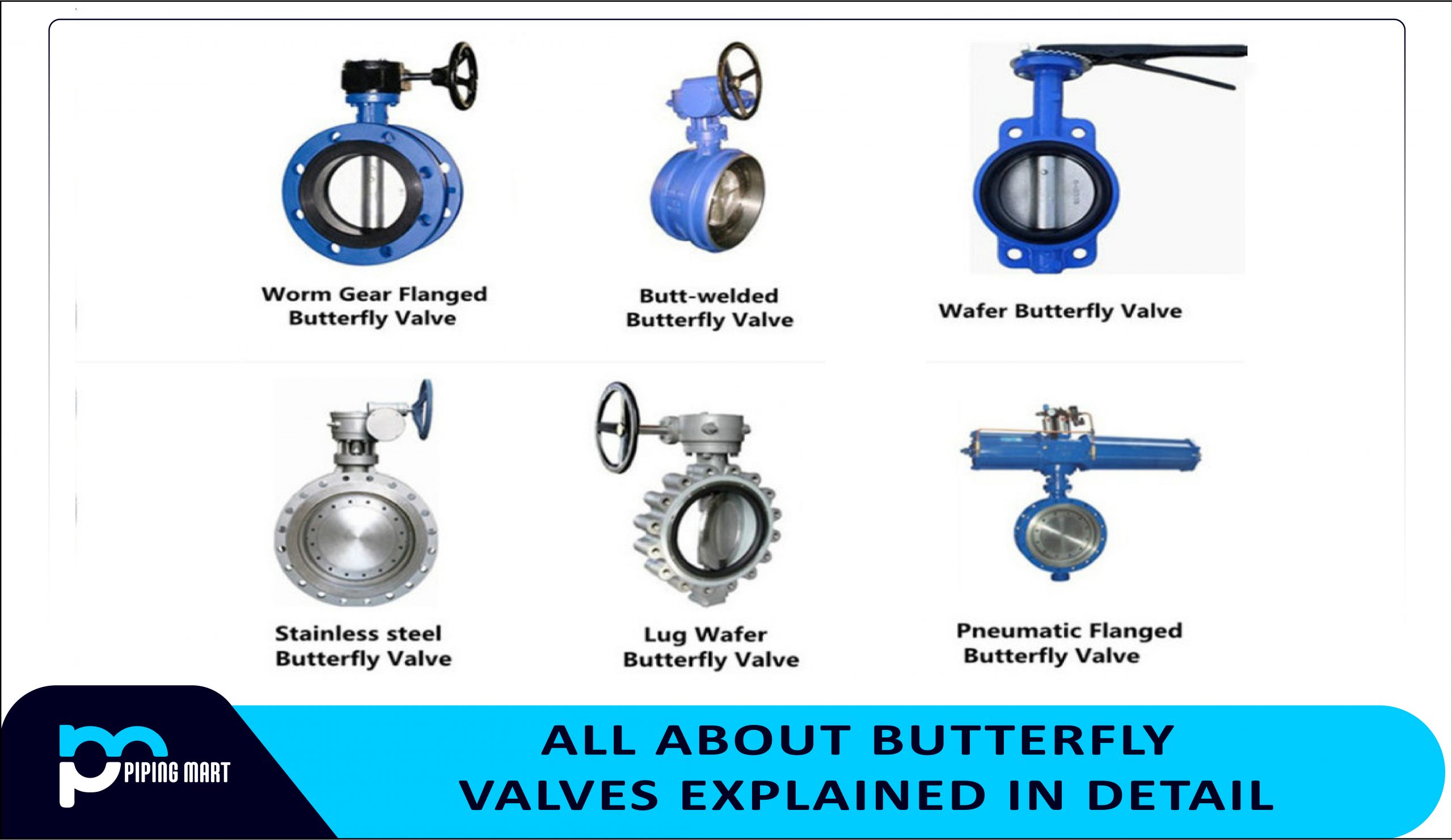A fence is a great way to add visual appeal, security, and privacy to your home. When it comes to choosing between wrought iron and aluminium fences, there are several factors to consider. Let’s take a look at the differences between these two materials so you can make an informed decision.
Wrought Iron Fence
Wrought iron fences are made from iron that has been heated and then shaped into rails and pickets. These fences are very strong and durable, and they can last for many years with proper care. One downside of wrought iron fences is that they require regular maintenance, as the iron can rust if it is not properly protected.
Aluminium Fence
Aluminium fences are made from aluminum that has been extruded into rails and pickets. These fences are also very strong and durable, but they do not require as much maintenance as wrought iron fences. One downside of aluminum fences is that they may be more susceptible to damage from wind or other weather conditions.
Difference Between Wrought Iron and Aluminium Fences
Aesthetic Appeal
When it comes to aesthetic appeal, wrought iron takes the cake. Its ornate designs and intricate details make for a beautiful addition to any outdoor space. Plus, because it is made from real metal, its colour won’t fade over time as some other materials can. On the other hand, aluminium is much more modern-looking than wrought iron and has a clean, sleek appearance that many homeowners prefer. Aesthetics
Wrought iron fences have a classic look that can enhance the appearance of any home or business. Aluminum fences also have a clean, modern look that can complement any property.
Durability
As far as durability goes, both wrought iron and aluminium fences are strong and long-lasting materials that stand up well against inclement weather and other environmental conditions. However, when it comes to resisting corrosion and rusting, aluminum holds the advantage over wrought iron due to its protective coating of powder paint or anodized finish, which helps prevent wear and tear over time. Both wrought iron fences and aluminium fences are very durable and can last for many years with proper care. However, aluminum fences may be more resistant to damage from wind or other weather conditions.
Maintenance
When it comes to maintenance requirements, both materials are fairly easy to care for, but they do require regular upkeep in order to keep them looking their best. Wrought iron requires occasional painting or re-finishing, whereas aluminium needs periodic cleaning with soap and water or other mild cleaners in order for its protective coating to remain intact. In terms of cost-effectiveness in regards to maintenance costs -aluminum wins out here as it is generally less expensive than maintaining a wrought iron fence due to its durable finish, which stands up better over time with minimal upkeep required. As mentioned above, wrought iron fences require regular maintenance in order to prevent rusting. This includes painting or sealing the fence on a regular basis. Aluminum fences do not require as much maintenance, but they may still need to be cleaned occasionally to remove dirt and debris.
Wrought Iron vs Aluminium Fence Cost
The cost of a wrought iron fence will vary depending on the size and style of the fence. However, wrought iron fences are generally more expensive than aluminum fences.
Always check with your fence installers in Adelaide or surrounding areas to check which type of fence is best for your application. You may find that another fence made out of a different material is going to do you better than wrought or aluminum.
Conclusion:
When considering a fence material for your home, there are many factors that come into play, such as budget constraints, aesthetic preference, and durability requirements. Both wrought iron and aluminium have their own benefits depending on what you need out of your fence material, so be sure to weigh all the pros and cons before making your final decision! Ultimately, it all boils down to personal preference -so pick whichever material fits best with your home’s unique style!

Pipingmart is a B2B portal that specializes in metal, industrial and piping items. Additionally, we share the latest information and information about materials, products and various types of grades to assist businesses that are involved in this business.




